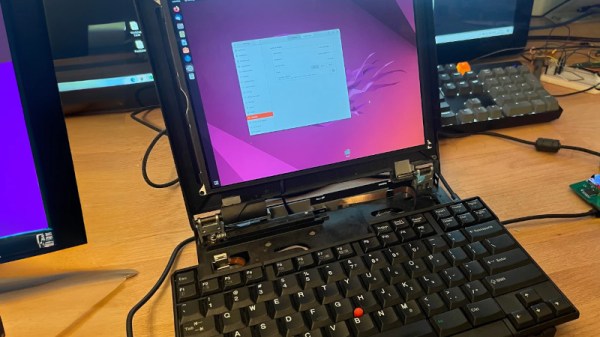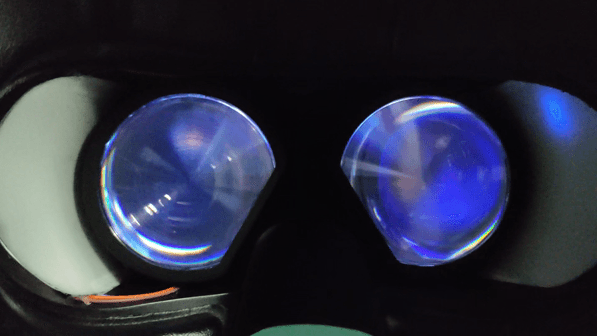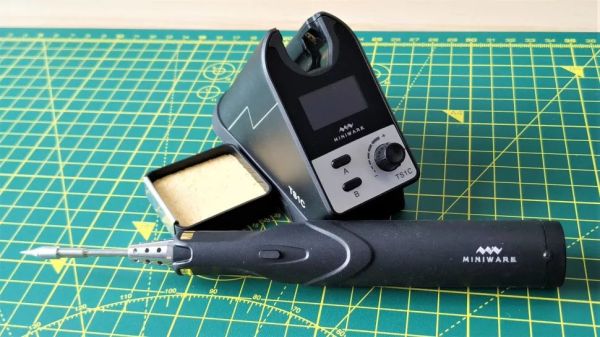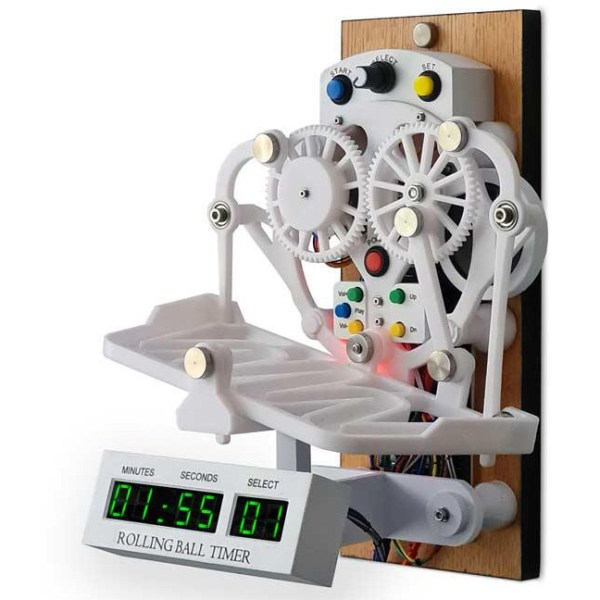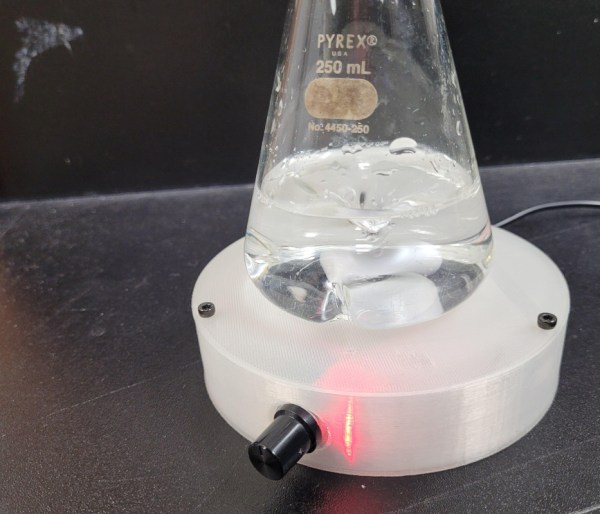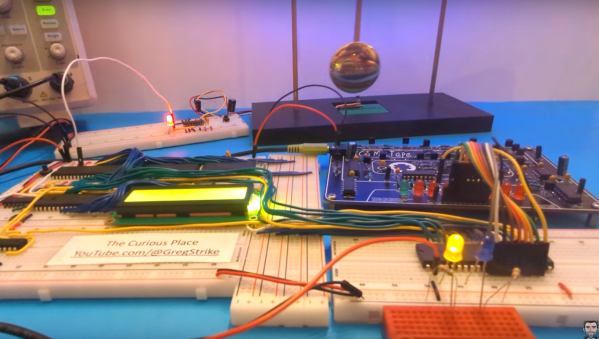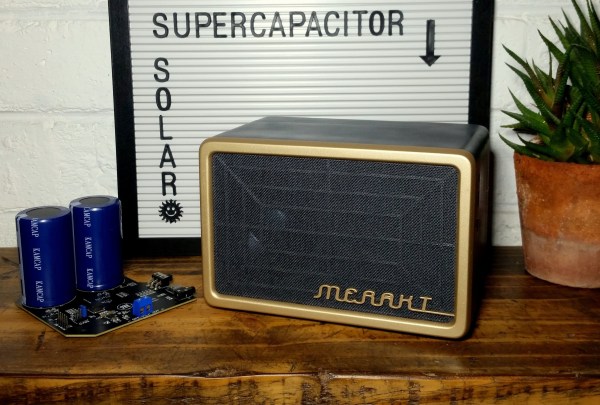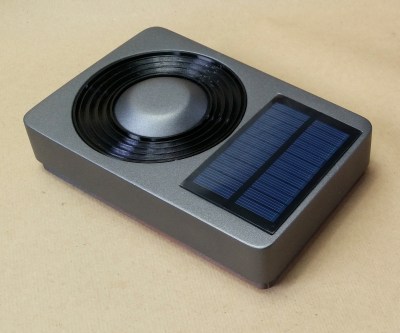An IBM (or, later, Lenovo) ThinkPad is a popular choice in our community. They’re prized for their rugged design, longevity, and good software support. Over the many years that the line has been available, there have been a few models which have captured the attention more than others, and among those, probably the most sought-after is the ThinkPad 701c. It would be an unremarkable mid-1990s 486 laptop were it not for the party piece of that flip-out butterfly keyboard (see video, below). [Karl Buchka] has one that’s profoundly dead, and rather than use it as a novelty paperweight, he’s giving it a new lease of life with a Framework motherboard.
This is very much a work in progress, so there will be plenty more to come, but so far, he’s taken the display panel from an iPad and made it work with the Framework board, and designed an entirely new lower case for the Thinkpad. This will hold the Framework board with its USB-C ports at the edge, so in the place of its USB-based expansion modules, he’s made a custom external port replicator. Meanwhile, a Teensy handles that unique keyboard. We’re told that the design files will all eventually be put online should anyone else want to try.
We’d normally be slightly upset were someone to butcher something as unusual as a 701c, however, in thic ase we can see that it turns a broken computer into one that should see quite a bit of use. We can’t help envying him this project.
Understandably not many 701c owners have dived inside their machines, but we have previously brought you a contemporary processor upgrade. If you’ve never seen the 701c’s keyboard — or you just want to see it again — here you go:
Thanks [Ł. Juszczak] for the tip.

